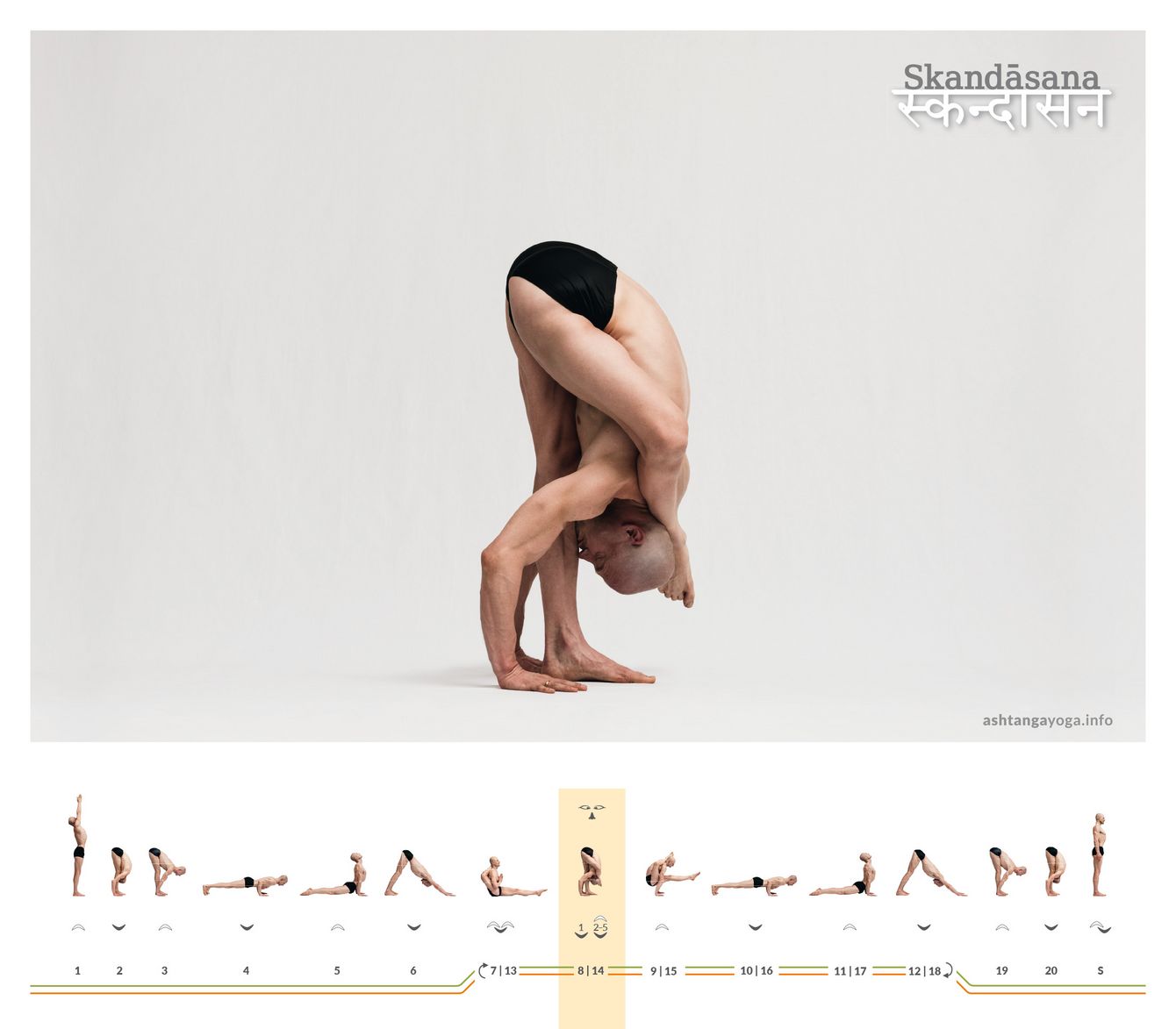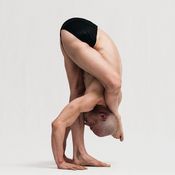

Mythology: Skanda, in Hindu mythology, is a son of Śiva and Pārvatī. Thus, he is also the brother of Gaṇeśa. Literally, Skanda means "the Leaping One." He represents speed and swiftness. He is the leader of the army of gods. In one of his up to 12 hands, he holds a trident called the Vel. His six heads symbolize the six supernatural powers (siddhi). Historically, some evidence suggests that this deity evolved from the principal deity of the Indus Valley Civilization (2,600-1,900 BCE). His development from the god Murugan, who was one of the most important deities in South Indian Tamil culture, is accepted more widely.
Accordingly, many legends surround the figure of Skanda. According to one, Skanda observed as Brahmā created the world. However, he was dissatisfied with this creation. He began to berate the creator god, Brahmā: "What kind of world is this? Nothing is permanent! Everything dies, passes away; there is suffering, misery, disease, and war." Skanda was so angry that he destroyed the entire creation of Brahmā and created a new world. When he finished his work, Brahmā looked at the world and asked, "And is this supposed to be a world? There is no suffering and no death. But nothing moves, nothing lives. It is the frozen image of perfection." When Skanda realized his mistake, he also destroyed his creation and helped Brahmā recreate the original world.
When something in our lives is out of balance, we can remember: we live in this world of Brahmā. It is only the imbalance that allows the pursuit of balance. Only suffering enables happiness. Only death enables life.
In the traditional Count: Begin directly from the "Downward-Facing Dog" pose in the previous sequence.
Vinyāsa 7 - Inhalation, Exhalation, Inhalation:
Inhale as you jump from "Downward-Facing Dog" into a balancing position on your hands. While exhaling slowly, lower yourself, pushing your left leg through between your arms, and pass your right leg sideways over your right arm. With the concluding inhalation, place the foot behind the head and position your hands in front of the heart.
Vinyāsa 8 – Exhalation, 5 breaths:
Place your hands on the floor, lift yourself up as you exhale, briefly bringing your left shin towards your chin. From here, while continuing to exhale, raise your pelvis upward and place your extended left leg on the floor. Stay for five breaths.
Vinyāsa 9 – Inhalation:
Inhale as you swing your left leg forward between your arms.
Vinyāsa 10 to 12:
Follow the movement flow you are already familiar with until you come to a halt in "Downward-Facing Dog."
Vinyāsa 13 to 18:
Now repeat the entire movement flow (Vinyāsa 7 to 12) on the other side.
In the traditional count: Proceed directly into the movement flow of the next posture.
Effect: Skandāsana combines a balancing pose with an intense hip opener.
Fotograf: Richard Pilnick - www.richardpilnick.com


 Dr. Ronald Steiner
Dr. Ronald Steiner
Messages and ratings